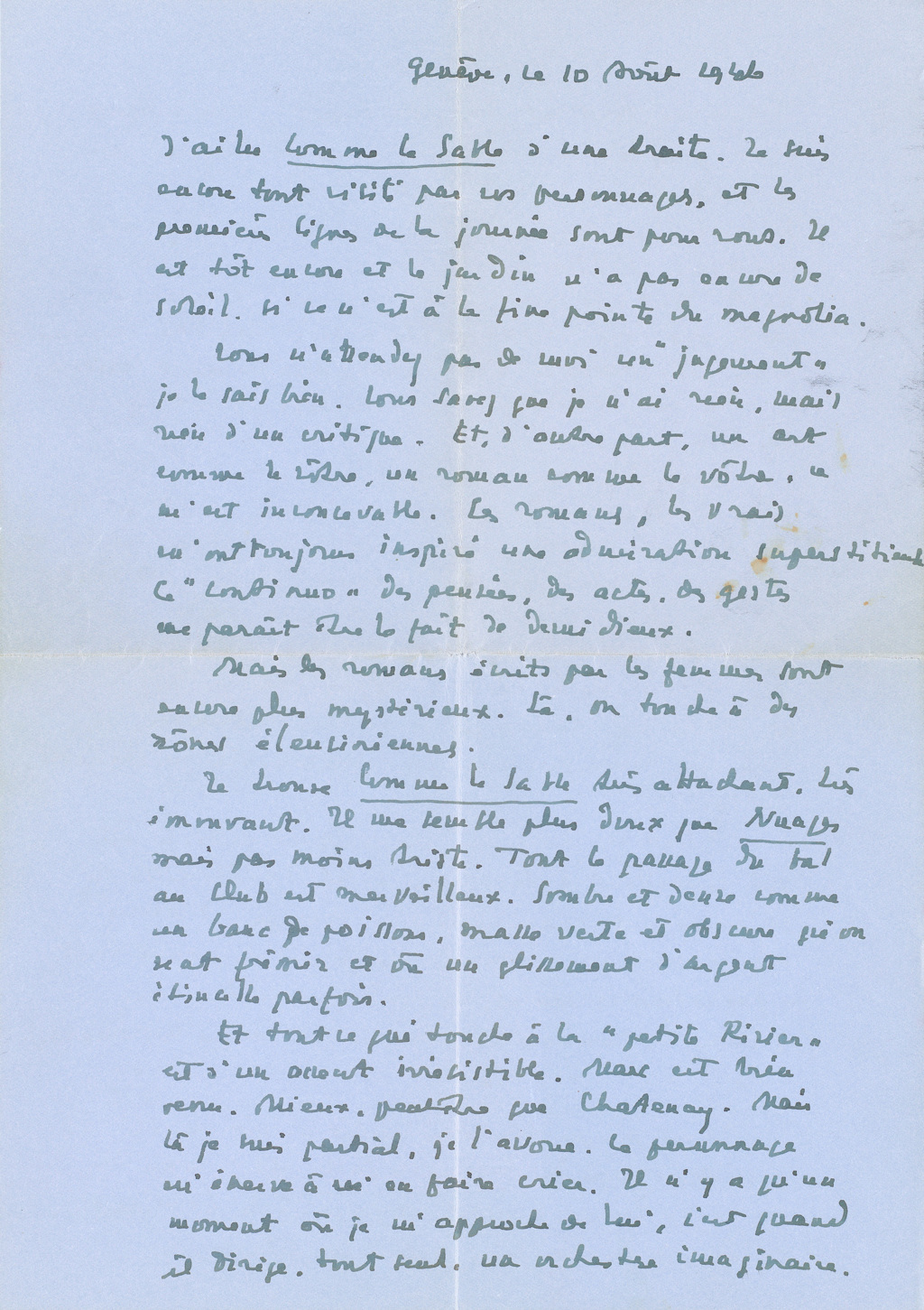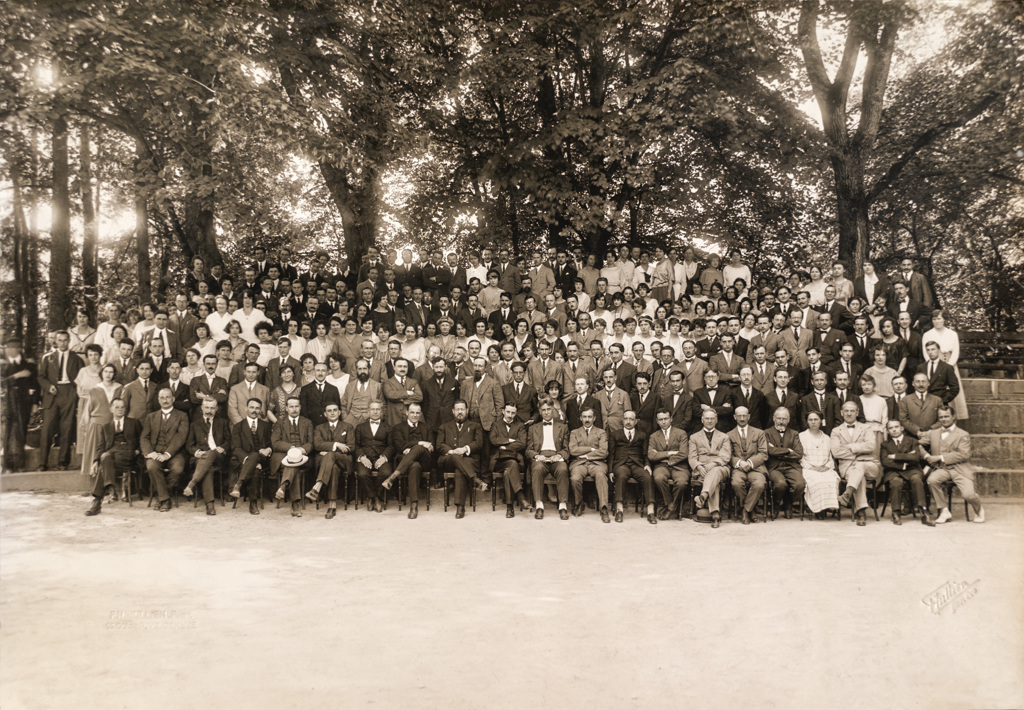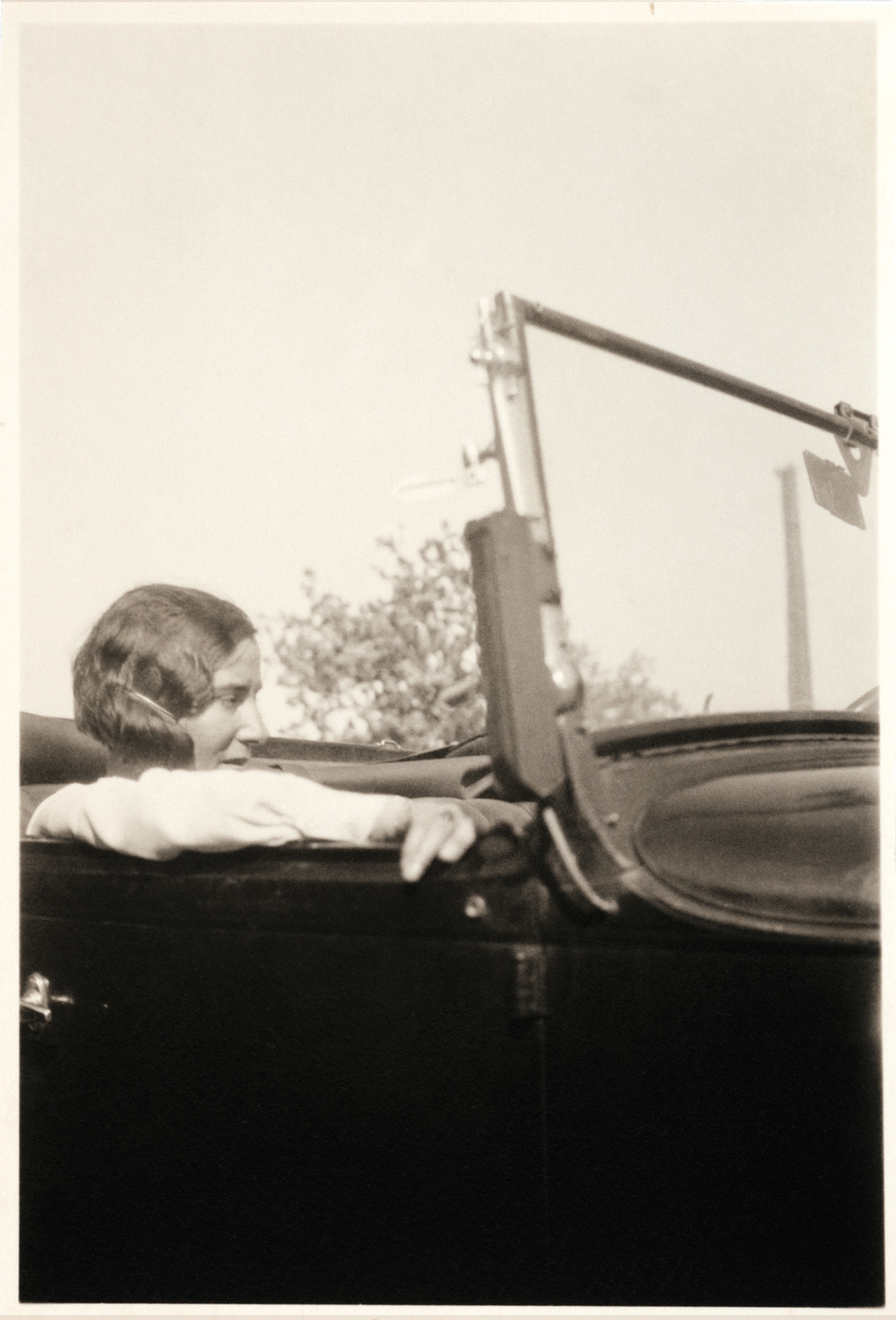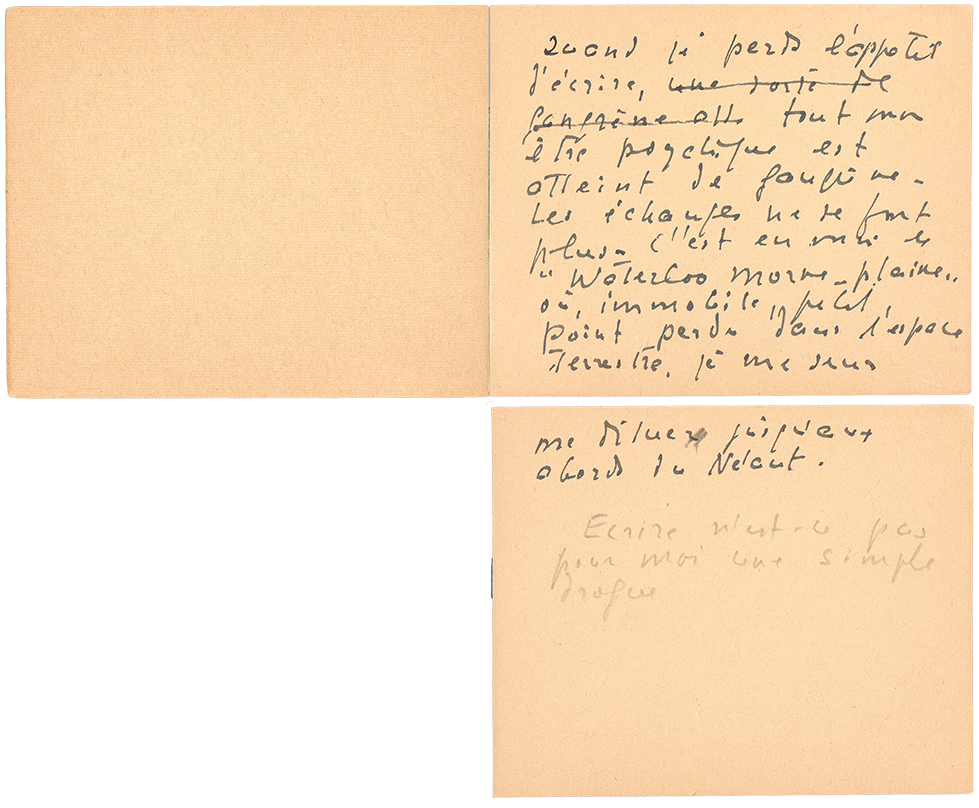Alice Rivaz became a novelist at a time when, following the sense of relief just after the war ended, the world seemed to be hurtling towards a new global conflict while also releasing the poison of anti-Semitism. To portray these incomprehensible years, in Comme le sable and Le Creux de la vague she developed an innovative novelistic technique to question the interweaving of the individual subjective lives of her characters, as she captured them in an arbitrary moment of collective history.
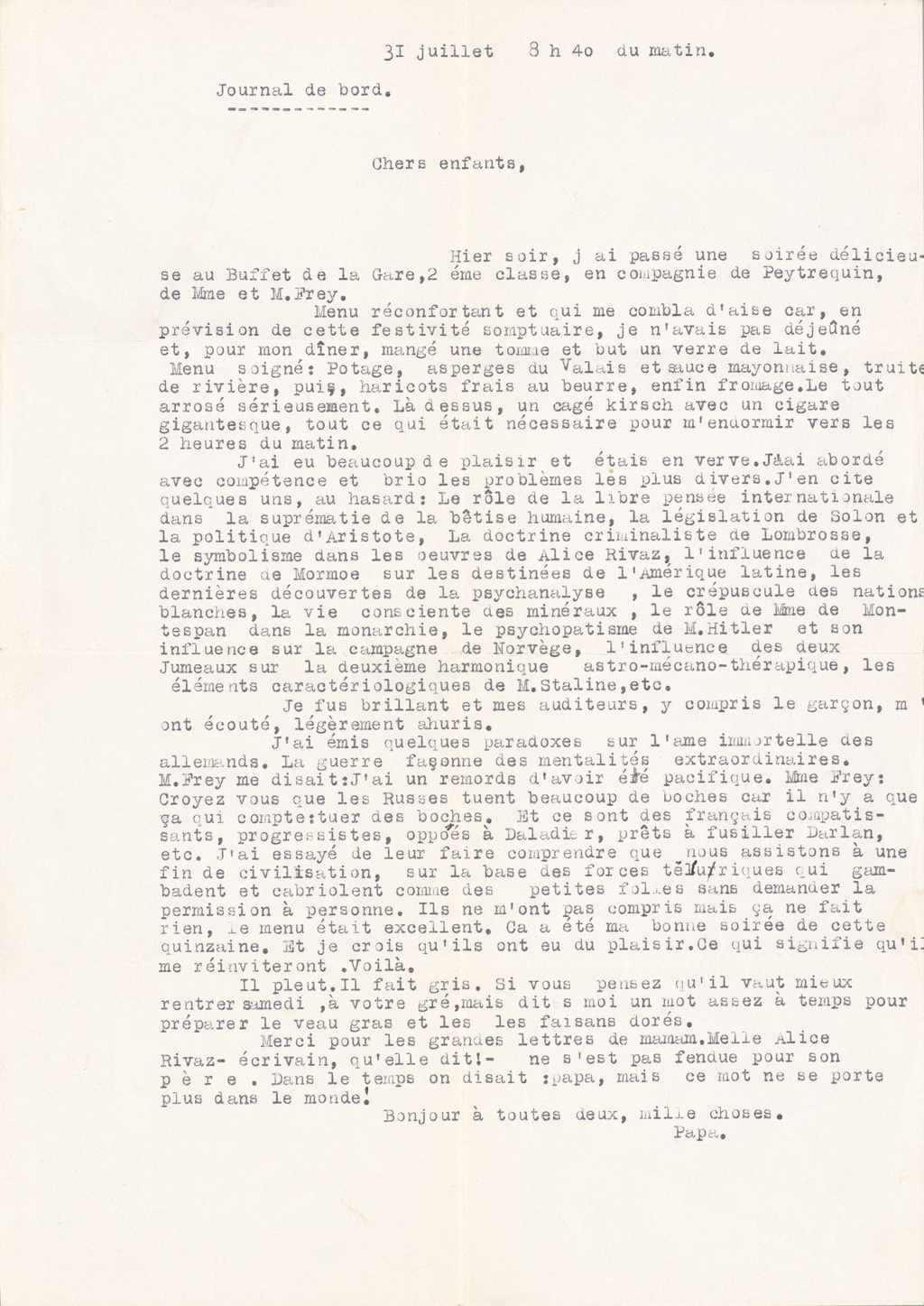
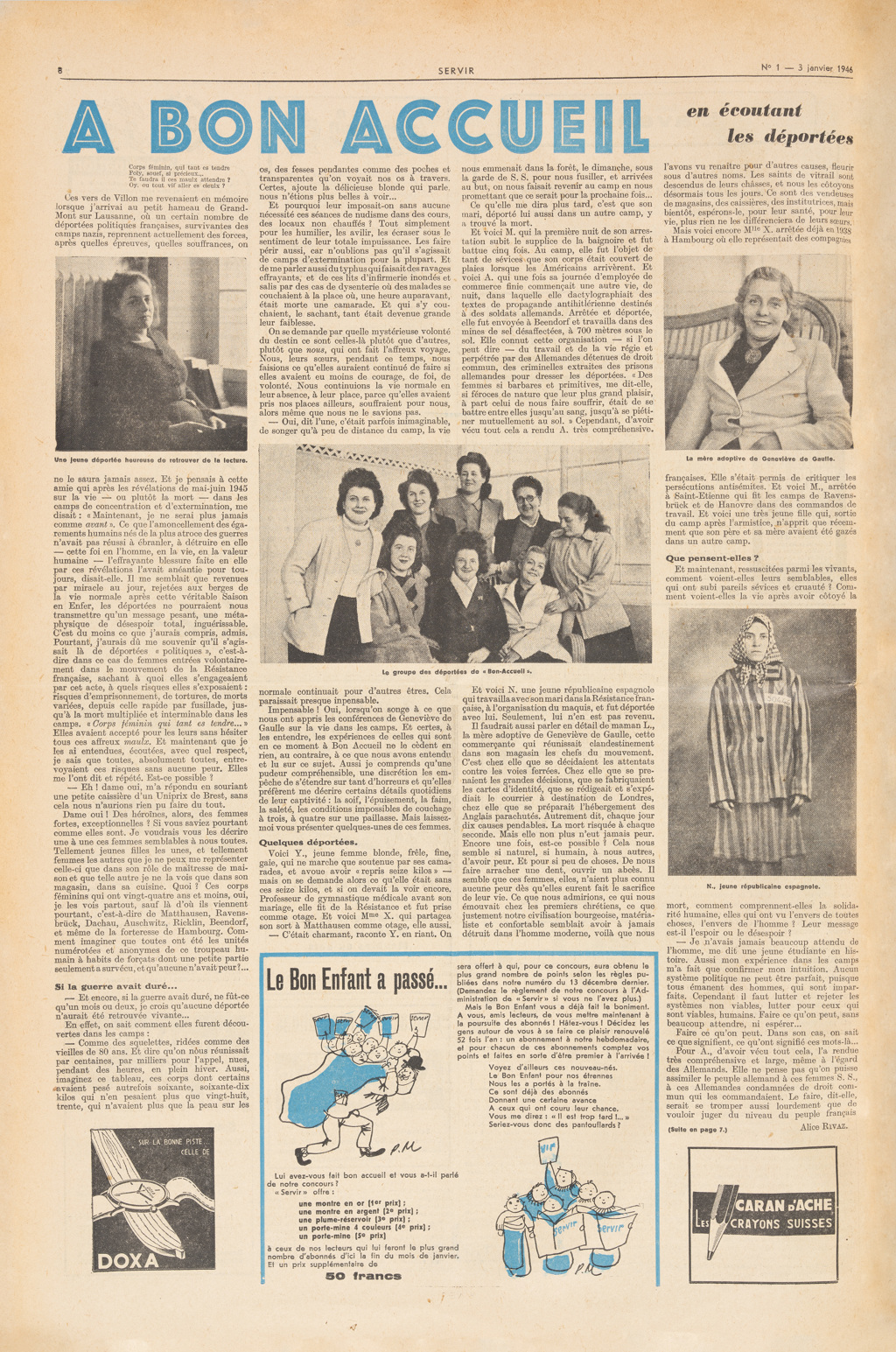

Traces de vie
Her notebooks go beyond the realm of the novelist to also provide a fascinating account of cultural and social life in 20th-century Geneva.
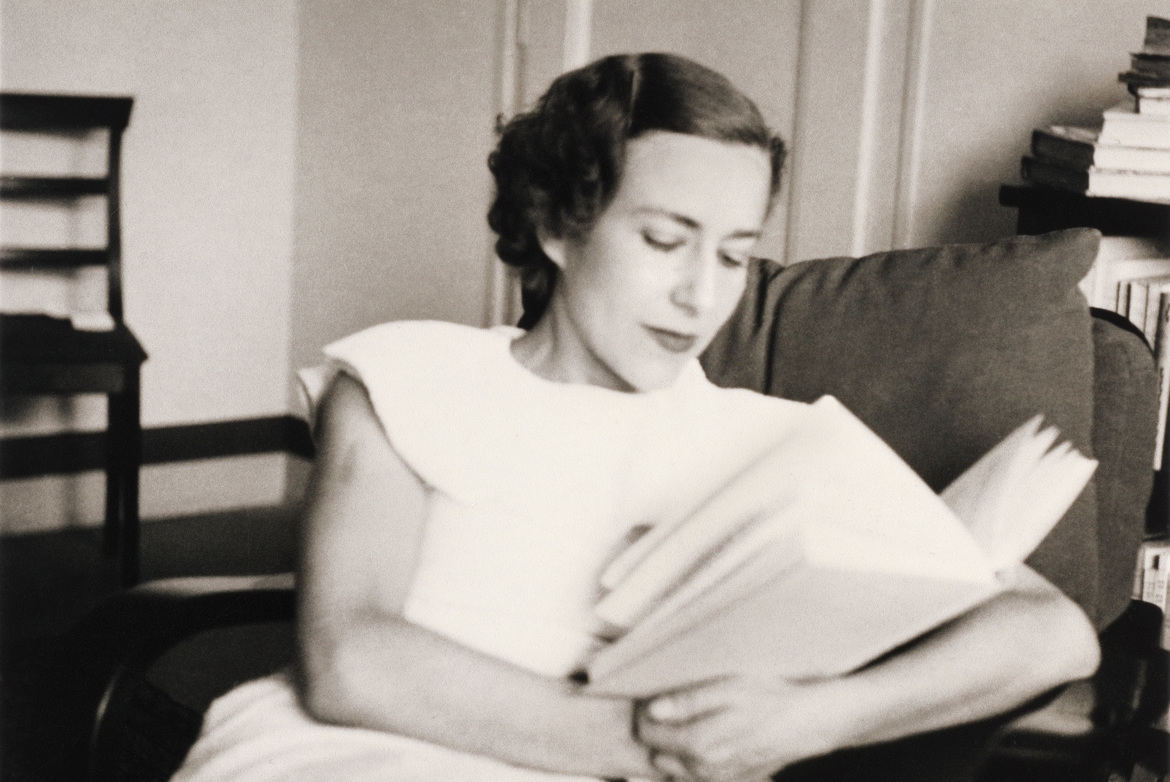
When a woman writes
Long before écriture féminine, Alice Rivaz wrote about the difference of a woman’s voice in a male-centred tradition.

